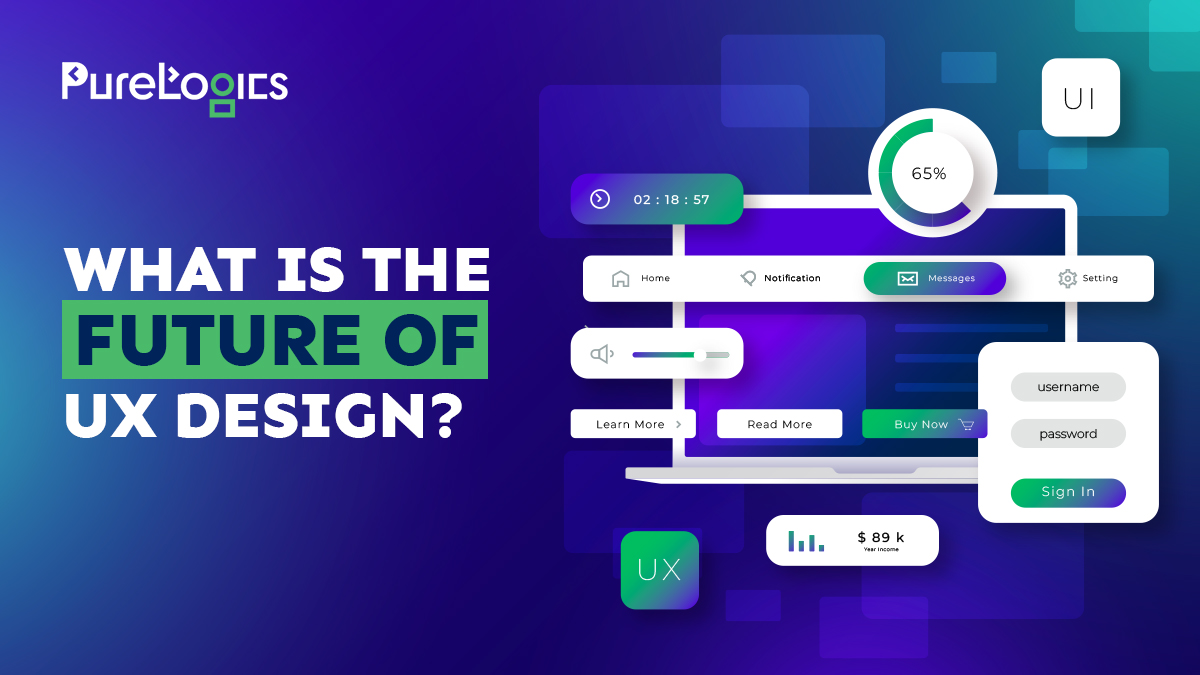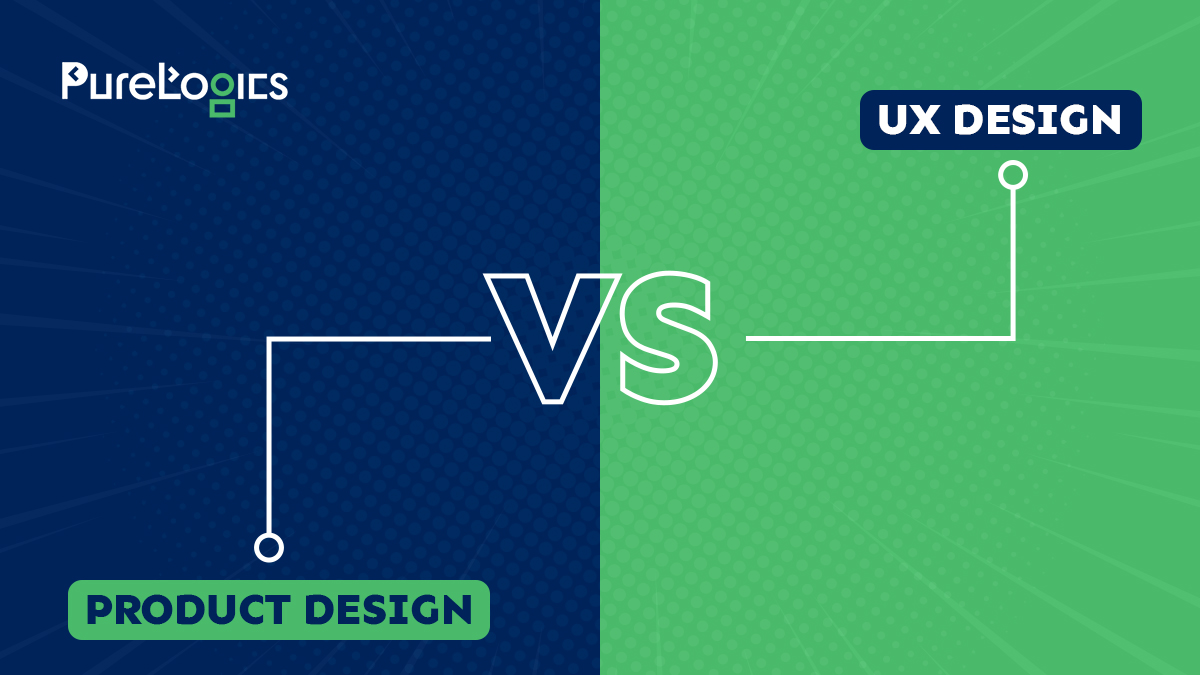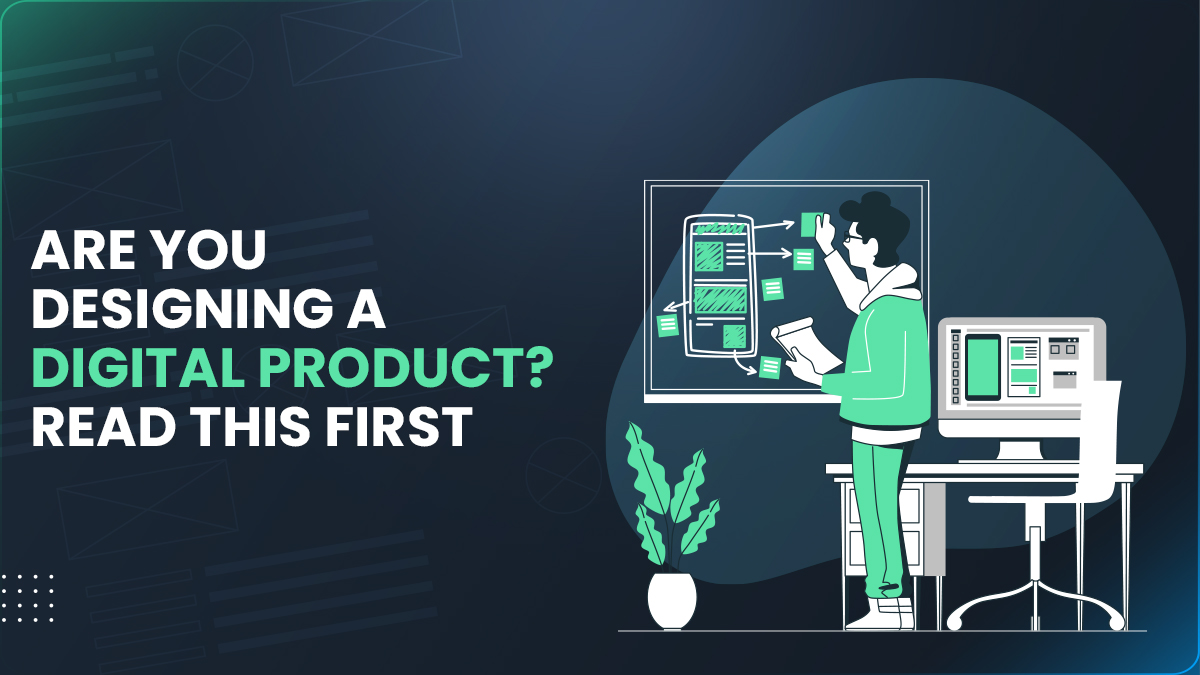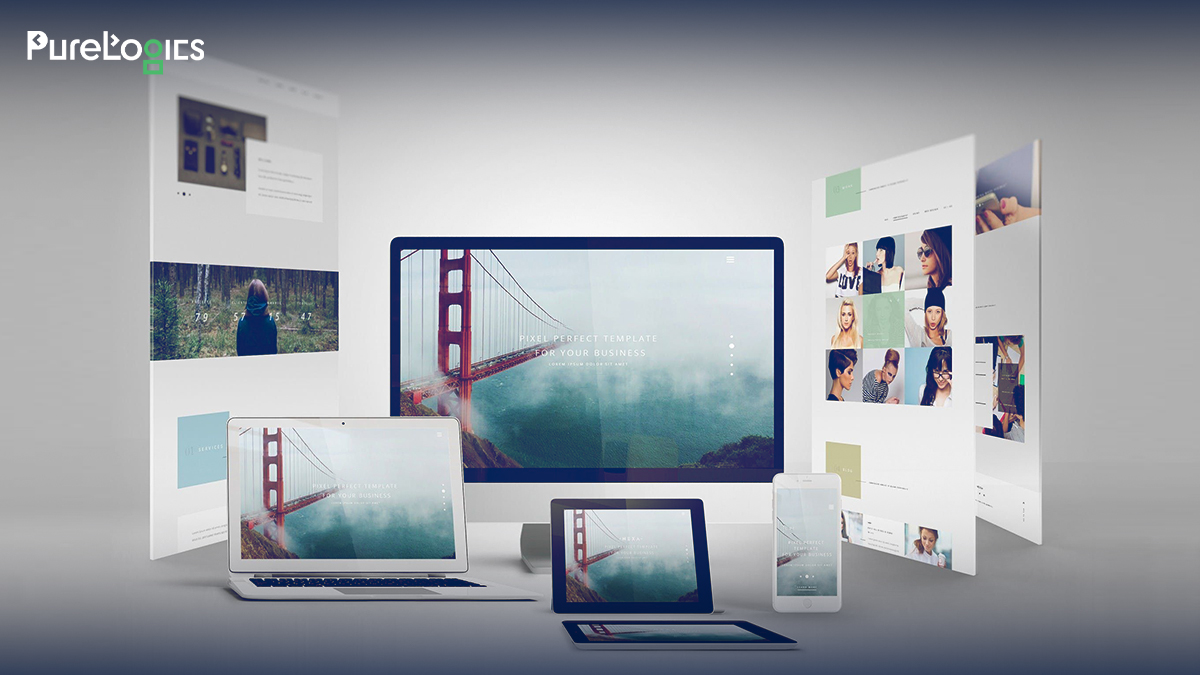One must consider user experience (UX) while attracting visitors and customers to any website. So, without wasting any time, let us discuss the latest methods and techniques, on which the UX designers focus in order to create a pleasant experience for the visitors/users.
Ready, Set, Go!
Value proposition:
The value proposition is a statement that maps out the main characteristics of any product. Moreover, this statement helps in creating a complete agreement regarding the product’s nature.
Product Strategy:
Product strategy provides the essential knowledge about the product’s lifecycle, along with the future execution plans related to it. It guides the UX designers to focus on the attributes of both the product and that of the potential audience in detail.
Competitive Audit:
Competitive audit refers to an overall investigation of the competing products. It points out all the main features of the competitive products in a comparable way. The foremost purpose of conducting such an audit is to get know-how about the workable strategies of the competitors.
Cultural Probes:
Cultural probe is a technique that helps in inspiring new ideas in the designing process. It helps in gathering information about the thoughts, lives, and values of the target audience.
Moreover, researchers can get know-how about the environment of the participants (target audience) with only little interruption.
This helps them to uncover the new opportunities along with the existing problems regarding the product. Later it leads to inspiring the UX designer with many contemporary product ideas and solutions.
Stakeholder’s Interview:
Here the UX designers have a conversation with their chief stakeholders. These stakeholders might include:
- Bosses
- Subordinates
- Customers
- Or peers from both inside and outside of the firm
Such interviews help in defining the KPI’s (key performance indicators) of the product.
User’s Interview:
Existing users are interviewed to fetch the qualitative information. Such interviews give the UX designers a deeper understanding of the emotions and opinions of their users regarding the product in detail.
Kickoff Meetings:
Such meetings cover the following points:
- Product’s purpose
- People involved in developing and designing the product
- What are the results that are needed to be focused?
- Working together in coordination with each other
Heuristic Evaluation:
Heuristic Evaluation refers to a detailed analysis of a product, that shows all the good and the bad designing techniques used in it. It aids the designers in visualizing the present situation of the product which might include:
• Effectiveness
• Accessibility
• Usability
Brainstorming:
Brainstorming plays a significant role in generating new ideas and resolving the existing problems. Here the designers come up with many designing ideas and finally settle on the one that is considered the best.
Task Analysis:
It guides the designers to focus on the steps and actions that are compulsory to complete a particular task. This process helps in the allocation of responsibilities accurately inside a system.
Product Roadmap:
Evolution plan of the product with prioritized features is called a Product Roadmap. This plan can be in any of the following forms, which might include:
• Spreadsheet
• A diagram
• Bunch of sticky notes
The designer shares this vision with his team and guides them about the route that needs to be acquired.
Focus Groups:
A Focus group involves up to 10 people in a particular moderated discussion. People involved in the focus group activity discuss the features of the user interface to which they are exposed.
Usability Testing:
Such tests observe the behavior of users, while the users interact with a particular product under consideration. However, these tests can be both focused and wide-ranging in nature.
Concept Testing:
Here, the designer gives an estimated idea of a product. Then the compatibility of the chosen key features of the product is checked with the needs and wants of the target audience.
A/B Test:
Designers distribute two different versions of the same product among different users. After that, a very detailed observation is carried out to know that which version will perform better. It’s the best ways to finalize a landing page for the website.
Eye Movement Tracking:
Analyzing the user’s eye movement across the UI layout is called the eye movement tracking. Such tracking guides the UX designer about the things that keep the user focused on the screen.
SWOT Analysis:
Here, all the strengths, weaknesses, opportunities and threats related to the product are examined with precision, as they have a vast influence on the user experience.
Accessibility Audit:
The designers run this audit to check if every user can use the website/product, including the ones (users) with special needs. Moreover, the designers must follow the W3C guidelines to ensure user satisfaction.
In short, these are some of the latest methods and techniques that the UX designers must use for creating a pleasant experience for the visitors/users.


 [tta_listen_btn]
[tta_listen_btn]
 May 8 2018
May 8 2018






